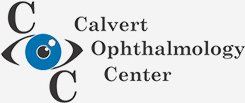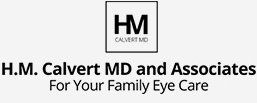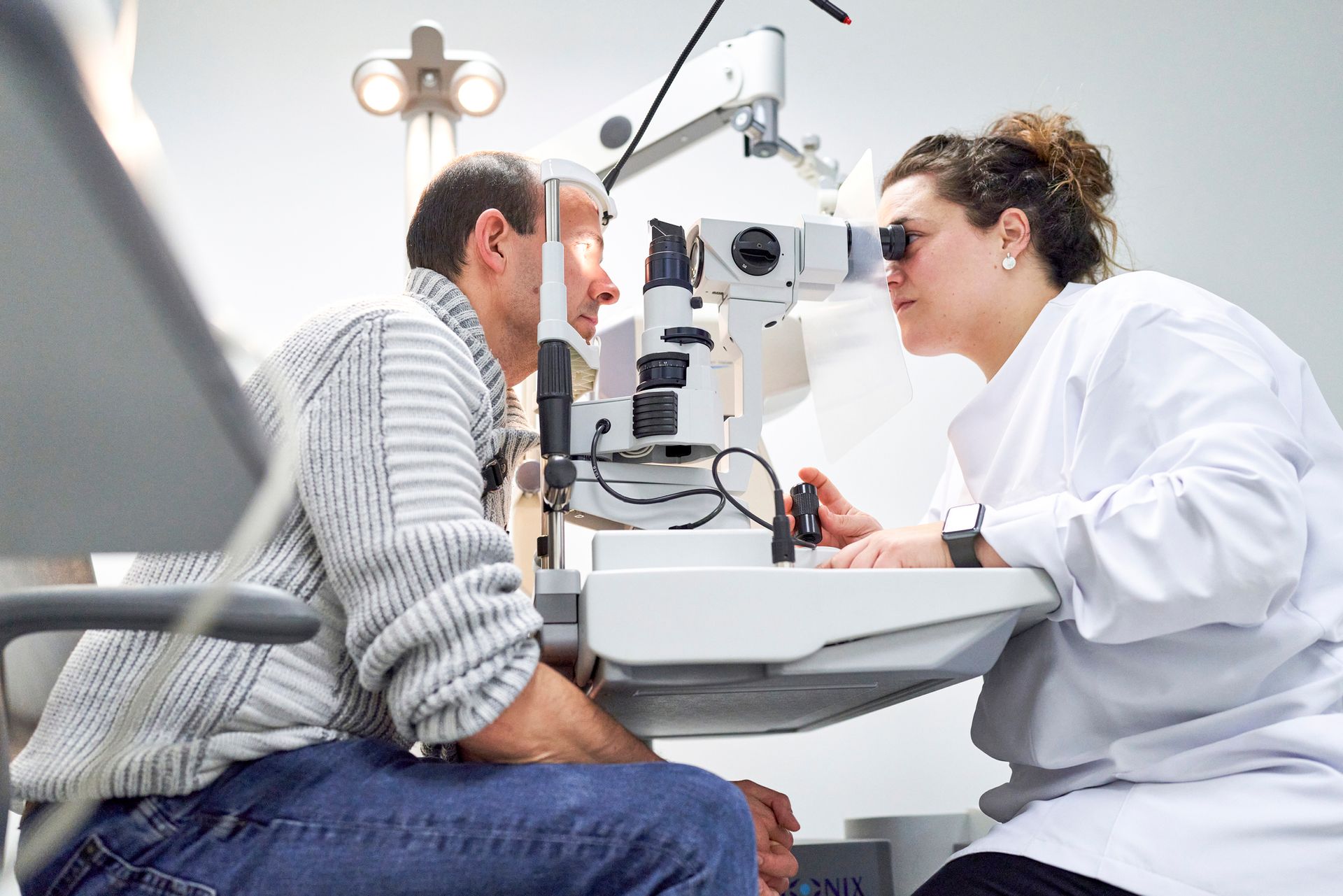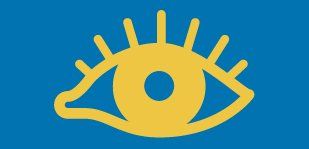3 Tests Used to Indicate Color Blindness
- By Admin
- •
- 04 Feb, 2020
- •
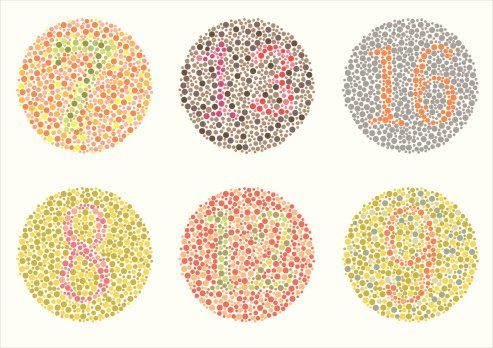
Color blindness could affect people on a daily basis without their awareness. Street signs, maps, and clothes represent just a few of the ways color blindness may impact a person. One of the only ways to diagnose and treat color blindness is through a full evaluation at an eye doctor or ophthalmology center.
When you go in for a color blindness test, there are a variety of tests you may go through. Learn about some of the tests so you know what to expect and understand some of the different results.
1. Ishihara Plate Test
One of the more common color blindness tests is the Ishihara Plate test. This test uses small colored plate designs typically printed on flashcards. The Ishihara Plate test is one of the designs more readily available online, but the results could vary due to screen color calibrations, brightness, and light impact.
The biggest form of the Ishihara Plate test will include 38 various plates. Each plate includes a large collection of dots with a variety of colors. The dots will either form a number or a line design.
The color palates break down into different categories to help diagnose color blindness. The categories include vanishing designs, classification design, hidden digit designs, and transformation designs. A doctor uses the results to determine if you struggle to discern certain colors, which may be a marker of color blindness.
2. Farnsworth Lantern Test
One of the main reasons people test for color blindness has to do with their careers. A person may seek a transportation career or art-based career where color recognition is important. For anything in the transportation field, an eye doctor will rely on the Farnsworth Lantern Test. A version of this test that is more commonly used is the Farnsworth D-15.
Originally developed for sailors, the test focuses specifically on red-green color blindness issues and the visual impact of various signal lights used on the road or in the sea. In the test, patients use 15 colored buttons and must place them in order from 1 to 15 as the colors transition from one hue to the next.
Once complete, the buttons are flipped over and numbers are printed on the backside. If the buttons do not appear in numerical order, the patient may have color blindness issues. Some versions of the test may include more buttons, different colored hues, or different light settings.
For example, tests may be done under yellow light, white light, or the glow of a lantern. The impact of color blindness could be different with various lighting, so a doctor will cover multiple bases.
3. CAD Test
A CAD test is a more modern version of a color blindness test. The test itself acts as a combination of multiple tests and helps a doctor fully evaluate the color vision of a patient. The test stands for Color Assessment and Diagnosis and has been used in several industries for over a decade now.
The test comes in two forms. A video-based test has a patient identify when a square emerges in a block of colored tiles. A printed version of the test includes a variety of slides that feature a wide arrangement of colored squares.
Patients will see squares at some point in the video test. The sections where people visualize squares, as well as how long they can see them, help indicate what type of color blindness a patient may have.
One of the main differences between the CAD test and the Ishihara Plate Test is the ability to diagnose blue-yellow color vision issues along with the more common red-green color blindness problems. Once the test is complete, a doctor analyzes the results.
To have your color blindness tested, contact us at the Calvert Ophthalmology Center. We have a wide range of professional eye doctors to help diagnose your vision and take any steps needed to help you adapt to color blindness or to see clearly again.
